More autonomy at the point of care - our customized solution
With QuoreOne the doctor can prescribe continuous tests of up to 7 days, on 3 channels, adapting the duration of heart monitoring to the type of diagnosis the patient needs.

We aim to completely remodel heart monitoring
We expect our QuoreOne product - unique in Brazil with no competitor in cost and operational advantages - to
dominate the entire market for heart monitoring in the short term.
We would then proceed to offer advantages to the world's other leading markets - with the quality, efficiency, and the sophisticated AI processing that we have developed.
Here are some figures from the current Brazilian market that we aim to remodel:
20%
- estimated proportion of atrial fibrillation cases not diagnosed. ²
20 million
- the estimated number of people with some kind of arrhythmia. ⁶
2 million
- number of Holter tests performed each year. ⁸ ⁹
42%
- mortality associated with atrial fibrillation in people over 65, in 3 years of follow-up. ⁷
100% wearable - while providing cardiac testing with enhanced practicality and quality
Long duration monitoring
In overall statistics of 7-day tests, diagnosis rates of arrhythmias have run between 1.24 to 2.5 times the rates of diagnosis obtained in 24-hour tests. ³ ¹⁰
Real-time capture and transmission
Heart signal data are captured instantaneously by the bluetooth on the patient's mobile phone.
Analysis by AI
Artificial Intelligence identifies anomalies in the cardiac rhythm, such as atrial fibrillation, not detectable by human eyes.
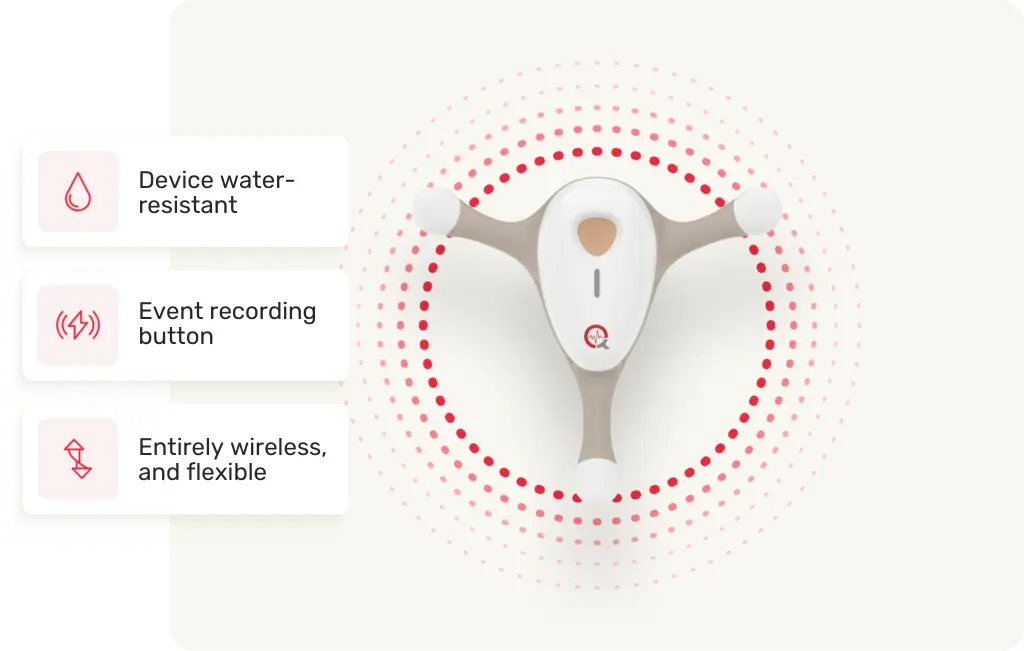
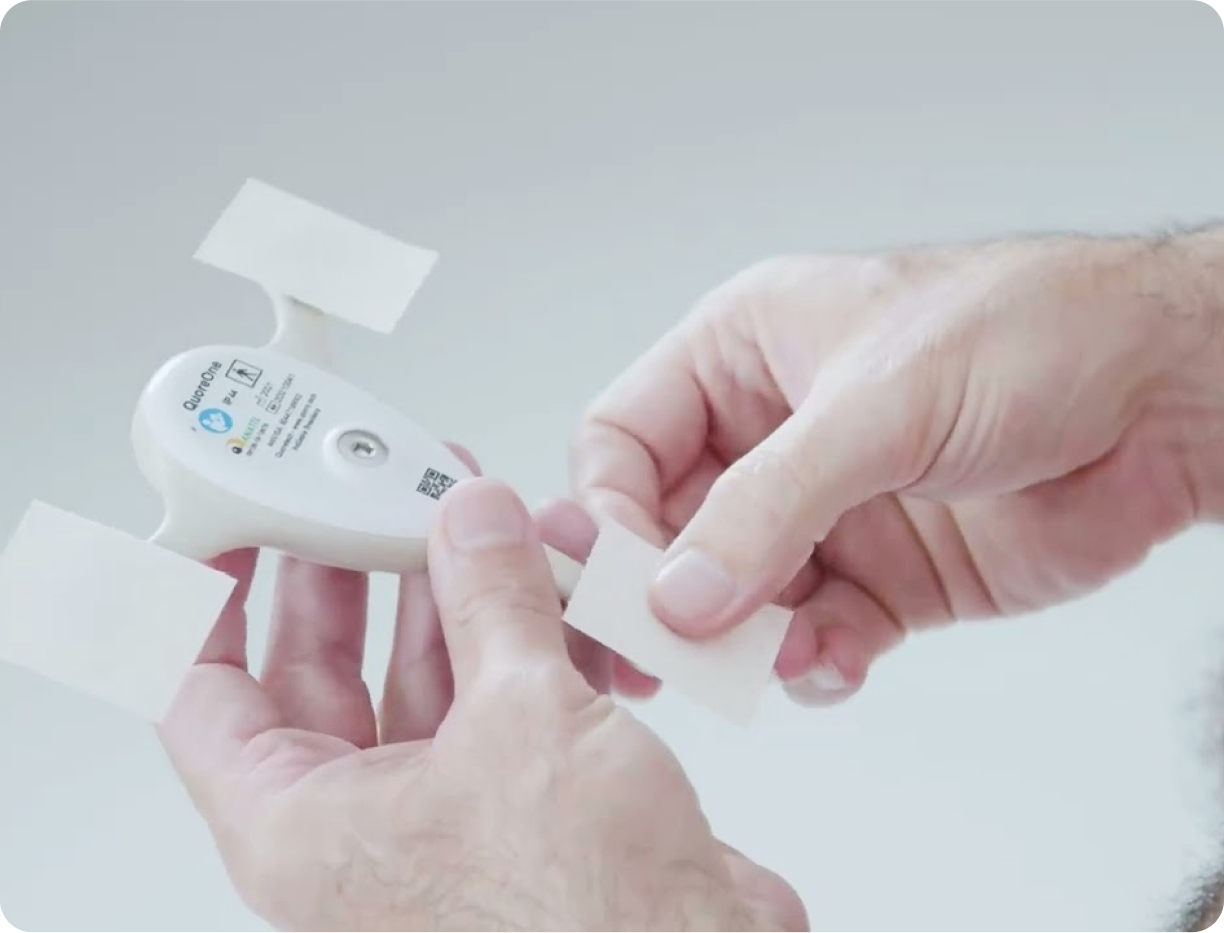
The solution that is efficient and appropriate for all point of care
AI -enabling more efficient diagnoses

Quoretech's AI helps in analysis and grouping of signals, detecting patterns and anomalies in the ECG data.

Quoretech's AI enables vast volumes of data to be analyzed rapidly, identifying patterns and trends indicating arrhythmias.

Quoretech's captures three times more ECG leads than competing single lead devices.
Get a solution adapted to your needs
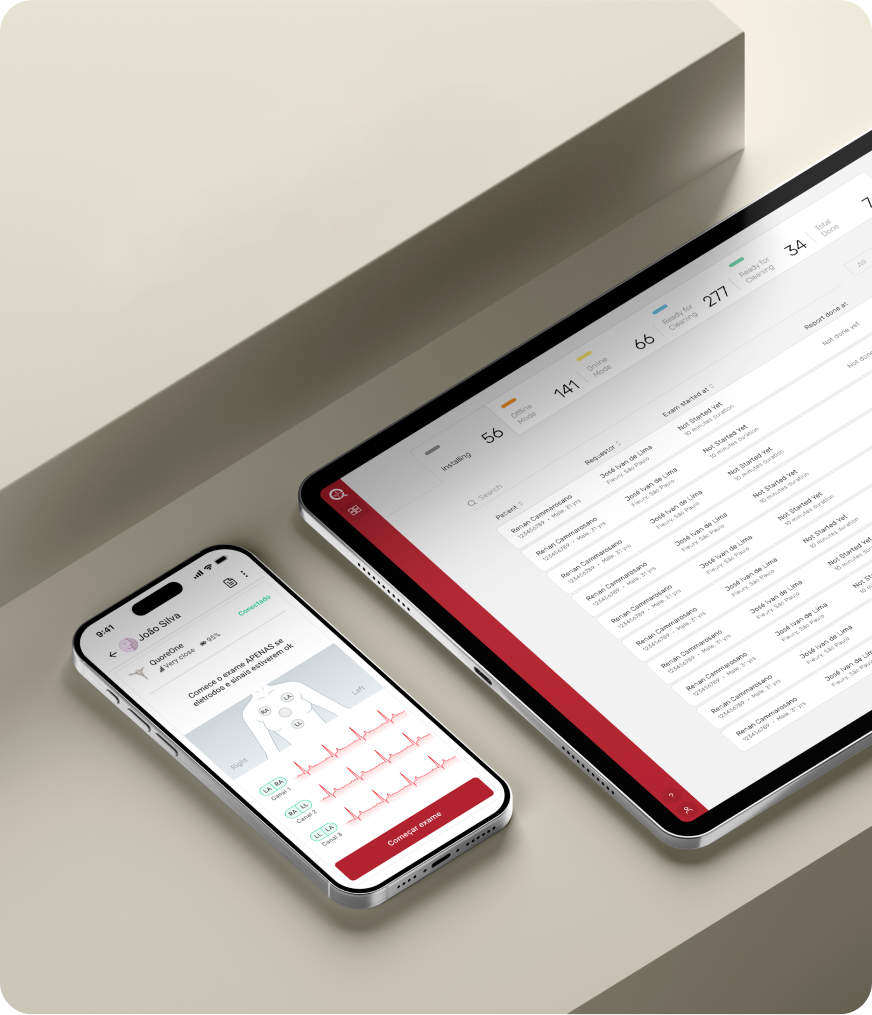
Short and long duration tests in a single solution
In a single technology, QuoreOne enables
cardiac monitoring from short duration of 24 hours up to 7 days, and at the same time offers the patient the ability to record events during the test period.
This means flexibility for the physician in
diagnosing patients with different profiles.

Pacemaker users
Post-procedure patients - where there may be heart rhythm alterations
Arrhythmias
Cryptogenic stroke
"This is a modern information transmission system, which avoids signal problems and interference; from a medical point of view, it expands the possibilities for diagnosis, allowing an efficient, accurate and faster report."
DR. PAOLA SMANIO
Cardiologist
Fleury Group
"Inpatients find the device more practical and it has made life much easier for the staff."
DR. ADRIANA BERTOLAMI
Cardiologist
Alma Cardio Clinic
"For those looking for a way to simplify the entire Holter diagnostic process. State-of-the-art technology, accurate diagnosis and super comfortable for the patient."
DR. GABRIELA HINKELMANN BERBERT
Cardiologist and Electrophysiologist
IDPC Hospital
"The examination of more than 48 hours allows me a more in-depth diagnosis, which has already allowed me to identify abnormalities that led the patient to a timely procedure."
DR. CARLO BONASSO
Cardiologist
"An innovative solution that changes the way electrocardiographic exams are carried out, in a precise, efficient and comfortable way for the patient."
DR. RODRIGO BORNHAUSEN DEMARCH
Doctor and entrepreneur
A totally innovative experience
in terms of both use and acquisition
No initial investment. With a subscription account for the device, you pay per tests carried out- giving you access to advanced, innovative digital technology with both qualitative and quantitative gains.

Digital Technology
- No cables or batteries to replace;
- Test data transmitted online;
- Monitoring for up to 7 days;
- Analysis enhanced by use of AI.

Device not acquired - but always available
- Choose subscription plan for number of devices;
- Choose report preference (Standard / Premium);
- Receive devices and charger at no additional cost;
- Pay per tests performed.

Analog technology
- Cables, batteries;
- Test data transmitted offline;
- Monitoring for up to 3 days;
- Analysis on a web platform;
- Notes taken on paper.

Need to purchase
- Buy device;
- Buy platform license;
- Result in: decapitalization;
- Delivery charges are buyer's responsibility.

Costs of maintenance
- Replace batteries;
- Replace cables;
- Replacement of Holter waist belts;
- Device not available during maintenance.
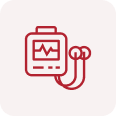
Tests require more than one device
- The monitoring device (with has a lower detection rate);
- An event recorder (inefficient in cases of syncope).
Why buy -
if you can have a subscription
and pay per use?
Now there's no need to decapitalize - to have the best short and long duration cardiac test technology in your healthcare facility.
For the monthly subscription you get full support
- No more worries about cables, batteries, memory cards, etc.
- More practically; more availability.
- Support includes:

System set up

Replacement of devices

Technical support

Training in use of the platform

Updating of the technology

Safe data storage

Training in installation

Business consultancy
Choose the most appropriate plan to your need
Customize our service to the dynamics of your healthcare facility, paying only for the tests that you do.
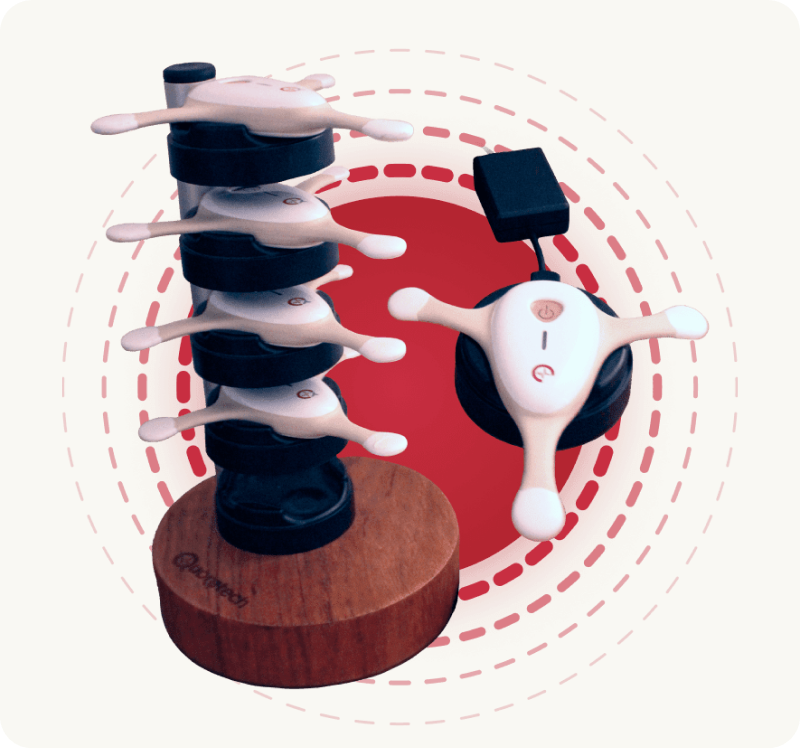
Standard
- Device and charger on continuous loan
- Unlimited use of Requestor App
- Unlimited use of Patient App
- Data transmission online
- Unlimited access to the data platform, with editing
- Our AI system reviews, classifies and identifies heart rhythm patterns
- Interpretation of heart rhythm patterns
- System issues pre-diagnosis report after final review
Premium
- Device and charger on continuous loan
- Unlimited use of Requestor App
- Unlimited use of Patient App
- Data transmission online
- Unlimited access to the data platform, with editing
- Our AI system reviews, classifies and identifies heart rhythm patterns
- Interpretation of heart rhythm patterns
- Medical report reviewed, issued and signed by fully-qualified arrhythmologist

